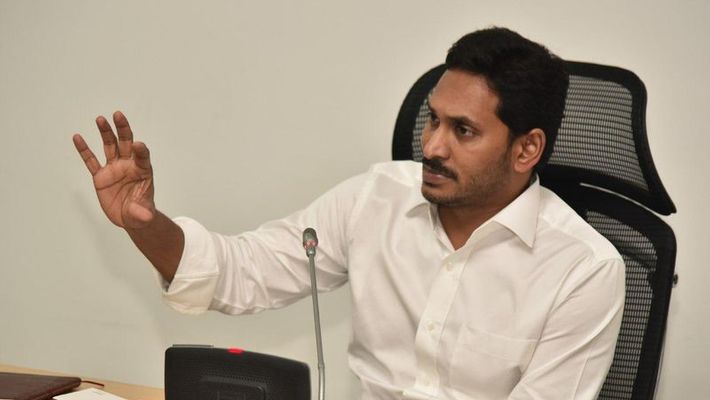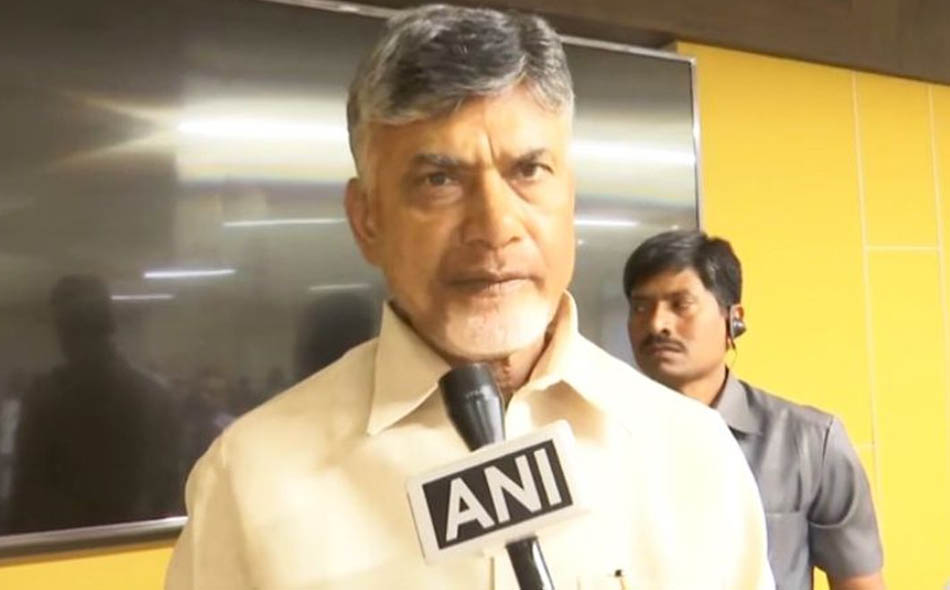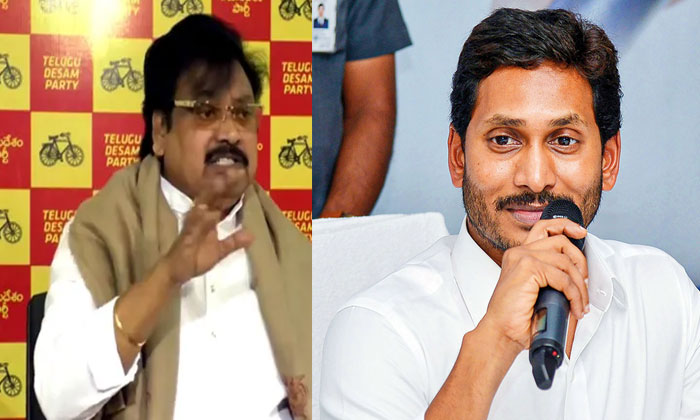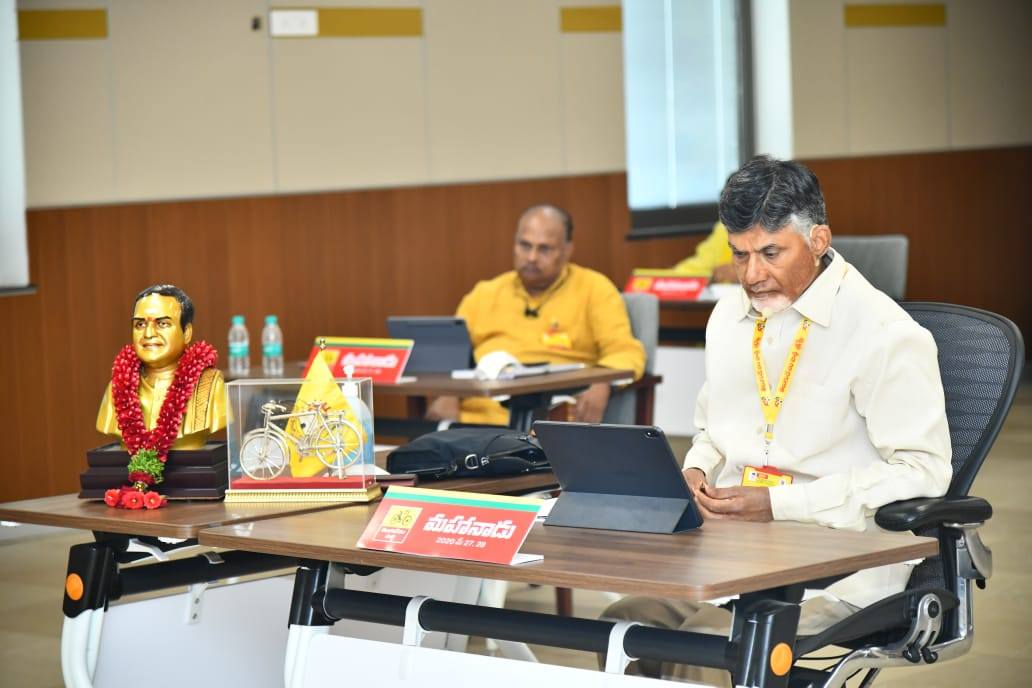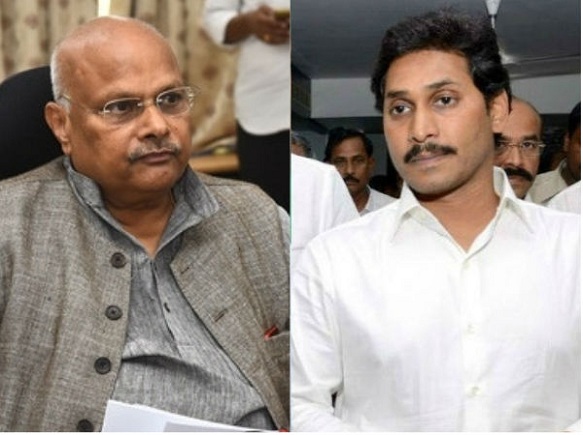
Summary: Kondaveedu Fort is a fort with great history located in the Guntur District, let us explore some details about this fort.
There is a constituency called as Chilakaluripet constituency in the Guntur District. This constituency has a village named Kondaveedu. This village is the home for the famous Kondaveedu Fort in Guntur. It is actually located on a hill, which is situated at a distance of 520 meters above sea level. In addition to the main Kondaveedu Fort, there are two other forts nearby. But, the problem is that all these three forts that have seen many historical incidents are in the state of ruin now.
Construction:
Kondaveedu fort was actually built by the Prolaya Vema Reddy and the fort was under the rule of Reddy Dynasty between 1328 and 1428. Then, it came under the control of the Gajpathis of Orissa. When the Brahmi Kingdom took over this place during 1458, the fort came under Muslim Rulers. Again, the emperor of Vijayanagara, Krishnadevaraya captured this place in the year 1516. Krishnadeveraya had to fight against Golconda Sultans to retain in the fort during 1531, 1536 and 1576, but it was finally captured from Krishnadevaraya in the year 1579, who renamed it as Murtuzanagar.

Under French Colonies:
Again, in the year 1752, the fort came under the leadership of French Colonists and when it was widely defended, it finally came under the rule of English imperialists, who captured the fort in the year 1788, but they abandoned it in the early 19th century in favour of Guntur. Now, the remains alone showcase the history of the Fort and interior part of the fort has ruins of storehouses and magazines.
Geography of the fort:
The fort is stated to be the capital of Kondaveedu Province at one period. The fort was chosen for this purpose because it is located just at a distance of 8 miles to the west of Guntur Town. It is also located in between the South of Krishna River and Gundlakamma River. The three forts were constructed on a high ride of small range of hills with elevation as mentioned earlier. There are two ghat sections, one is north and this route will be steep, but one can reach quickly. The second and the most preferred option is by 2 miles trekking. The great thing about Kondaveedu Village and its surrounding forest areas is that they are rich in custard apple production.
History of Kondaveedu Fort:
The main fort of the three was known to be built by a king, who belonged to the Reddy Dynasty during the 14th century. The other two in its proximity are known to have been built in successive periods. These forts along with province in which they are located were ruled by many kingdoms. It is known that the Muslim rulers Hindu and British rulers had deviating approaches towards the administration of their province and the fort. While the Hindu Rulers were known to have shown their kindness to their subject, the Muslim rulers were known to have done many plunders for the people in the province. The Hindu Rulers also made the area prosper, during their rule.
In the year 1323, the rulers of Delhi called Tughlags, captured the entire Andhra Pradesh and Warangal. The destructions and cruelty shown by Tughlags, resulted in the formation of a confederation movement by the Hindu Kings of South India and this resulted in the departing of Muslims from the Warangal region and also Reddis were part of this movement.
Reddis of Kondaveedu were owning lands under the conditions of feudal systems with the Kings of Warangal. Inscriptions say that their rule conjectured with that of the Korukonda Reddis and that they moved from their earlier capital at Addanki in Guntur to Kondaveedu. The founder of the reign was Prolaya Vema Reddy.
The Reddys, who are one among the powerful non-Aryan castes, established the Reddy Dynasty. This rule covered the present day Vijayawada and Guntur towns and the Reddy reign was between 1328-1428 for 100 years. Until the year 1428, the first rule Prolaya Vema Reddy was followed by five other kings. The first ruler built many forts to defend his kingdom and Kondaveedu Fort is one among the many forts constructed by him.

Structure:
As mentioned earlier, the three forts inclusive of the Kondaveedu Fort is presently in ruin condition. Of these three, the first one was built during the 12th century and it is found from the inscriptions that the first fort built by the Reddy rulers, were refurbished in different ways by the rulers, who followed. Due to its height from the sea level, Kondaveedu Fort was considered as one of the strongest forts of this region. The fort is known to have 21 structures and there are two entry gates into the forts called as Nadella Darwaza and Kolepalli Darwaza. The entrance gate is made of granite stone and it is three storied. There were three different parts that acted as the source of water for people, who lived and ruled the fort.
There is an embankment on the way to the fort and it is stated to be the security ring for providing complete protection to the royal families, who lived in the fort.
There is a temple for Lord Krishna at the foot of the hill and this temple is called as Gopinathaswami Temple. Also, there is a mosque within the fort, which is known to have been built with temple ruins. These structures clearly indicate that this fort was ruled both by Hindu and Muslim rulers.
Restoration works:
To bring out the past glory of the fort, it has been decided by the Department of Archaeology and Museums to carry out restoration works. It is proposed that hill roads are to be constructed. ISKCON has also shown their interest to make contributions to the restructuring of this historical fort that stands tall in the Guntur District of the state of Andhra Pradesh. There is a village near Kondaveedu Fort, which has a temple for Lord Krishna and it is known to have been built by Krishnadevaraya during his rule.




















